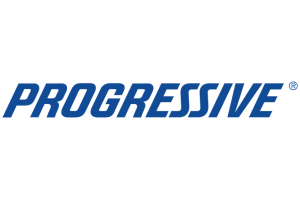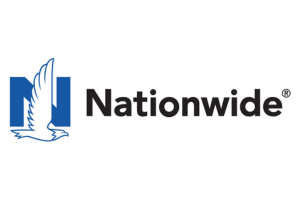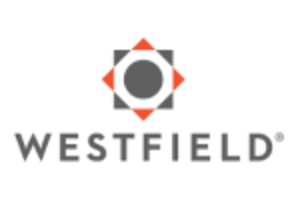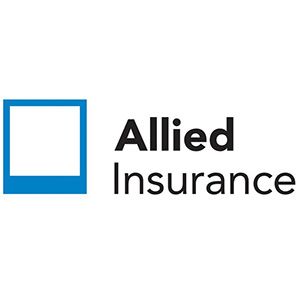Best and Cheapest Renters Insurance in Minnesota for 2025 (10 Most Affordable Companies)
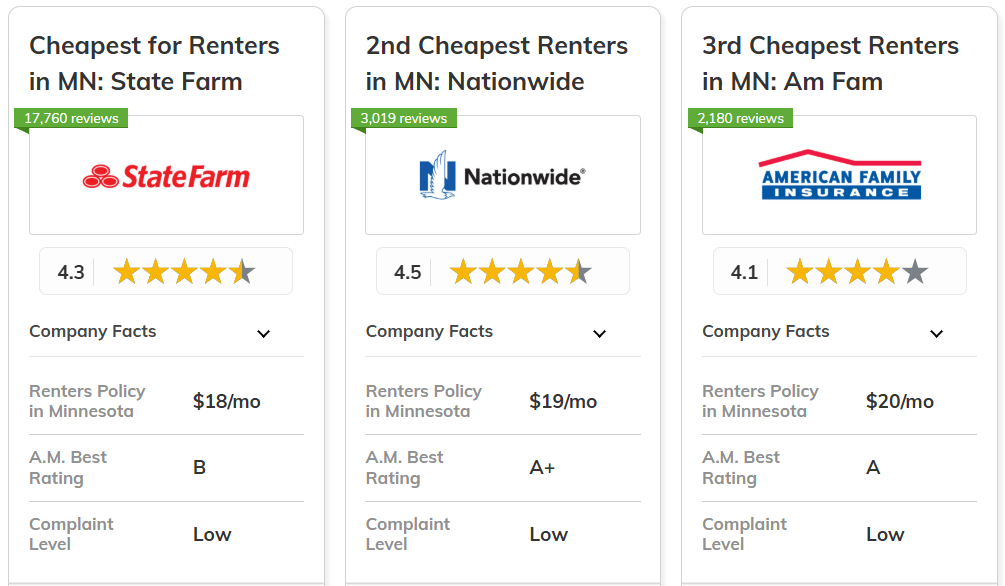
State Farm, Nationwide, and American Family are the best and cheapest renters insurance in Minnesota, offering coverage as low as $18 per month and excelling in discounts, military benefits, and flexible add-ons.

State Farm provides unmatched multi-policy savings, Nationwide offers theft protection, and American Family delivers multi-policy discounts to its customers.
| Company | Rank | Monthly Rates | A.M. Best | Best For | Jump to Pros/Cons |
|---|---|---|---|---|---|
| #1 | $18 | B | Extensive Coverage | State Farm | |
 |
#2 | $19 | A+ | Nationwide Presence | Nationwide |
| #3 | $20 | A | Customer Satisfaction | American Family | |
| #4 | $21 | A+ | Technology Innovation | Progressive | |
| #5 | $22 | A++ | Military Focused | USAA | |
| #6 | $23 | A++ | Competitive Rates | Geico | |
| #7 | $25 | A++ | Policy Flexibility | Travelers | |
| #8 | $26 | A | Strong Discounts | Farmers | |
 |
#9 | $28 | A | Customizable Policies | Liberty Mutual |
| #10 | $30 | A+ | Claims Process | Allstate |
Their strong financial ratings ensure renters across Minnesota have peace of mind. Simply input your ZIP code into our free tool to view sample quotations.
What You Should Know
- State Farm is the top pick, with affordable rates and multi-policy discounts
- Renters insurance in Minnesota starts at just $18 per month for essential coverage
- Flexible add-ons like theft protection and military benefits meet unique renter needs
#1 – State Farm: Top Overall Pick
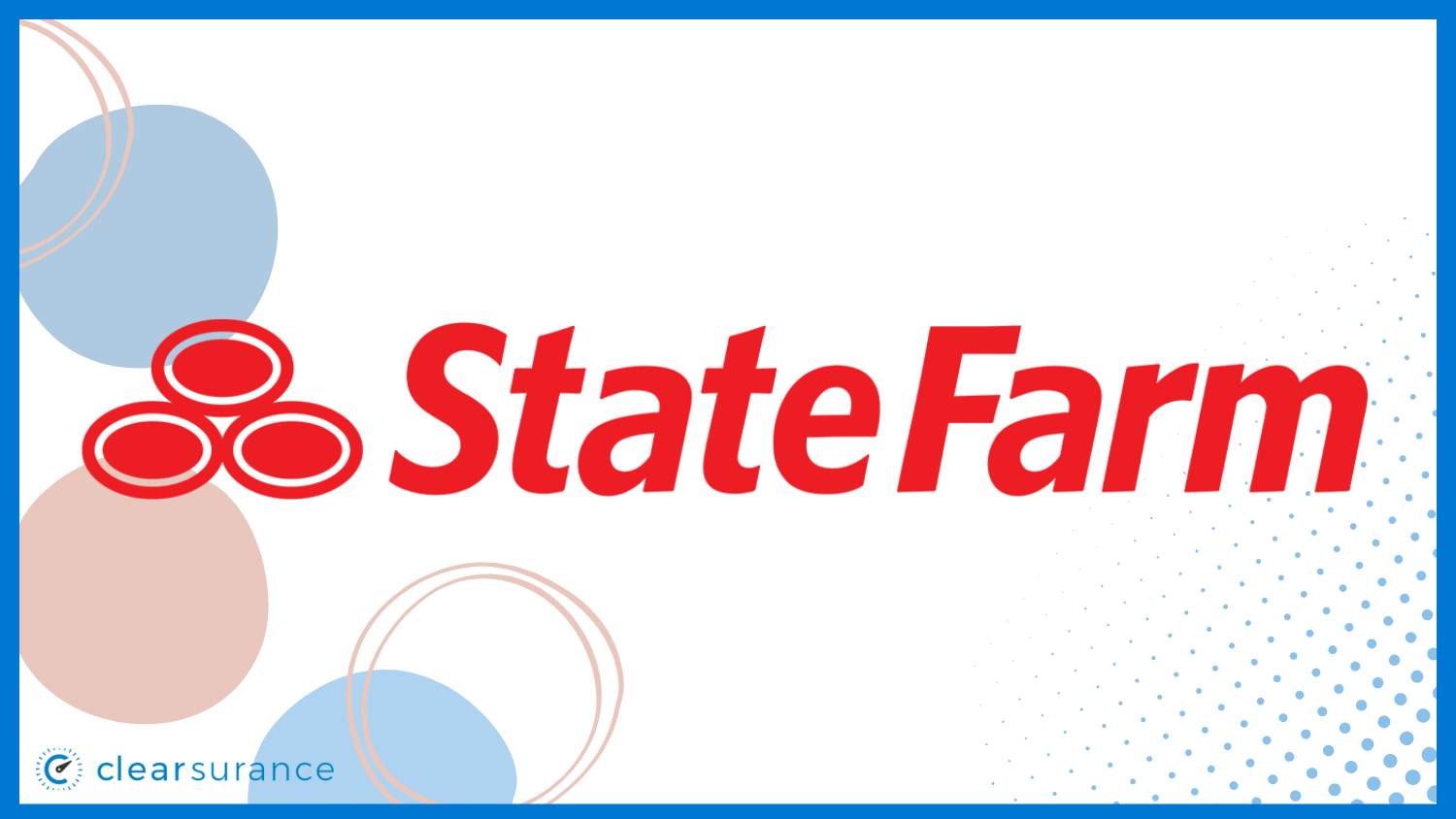
Pros
- Low Starting Premiums: According to our State Farm review, renters insurance in Minnesota starts at just $18/month.
- Comprehensive Coverage Limits: Covers personal property and liability extensively for Minnesota renters.
- Local Agent Support: Offers in-person assistance tailored to renters across Minnesota.
Cons
- Limited Add-On Options: Few specialty endorsements for Minnesota renters.
- Inconsistent Claims Times: Some Minnesota renters report delays in claims resolution.
#2 – Nationwide: Best for Nationwide Presence
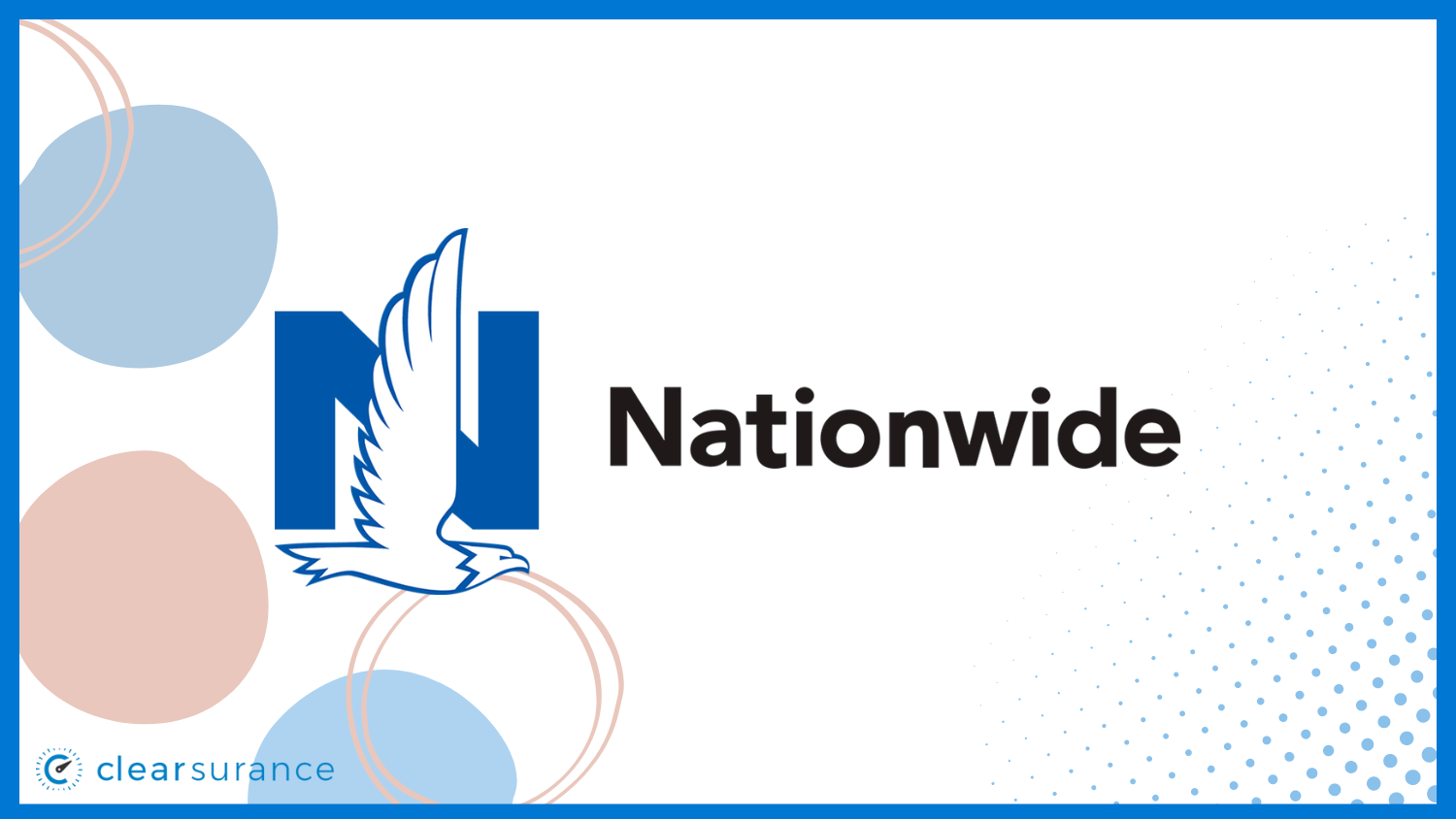
Pros
- High Theft Protection: Offers renters insurance in Minnesota with elevated limits for valuables.
- Bundling Discounts: Renters in Minnesota can save by combining policies. Read our Nationwide review for more information.
- Reliable Financial Backing: An A+ rating ensures secure coverage for Minnesota renters.
Cons
- Moderate Starting Rates: Renters insurance in Minnesota starts at $19/month, above competitors.
- Lacks Niche Endorsements: No unique options like identity theft protection for renters.
#3 – American Family: Best for Customer Satisfaction
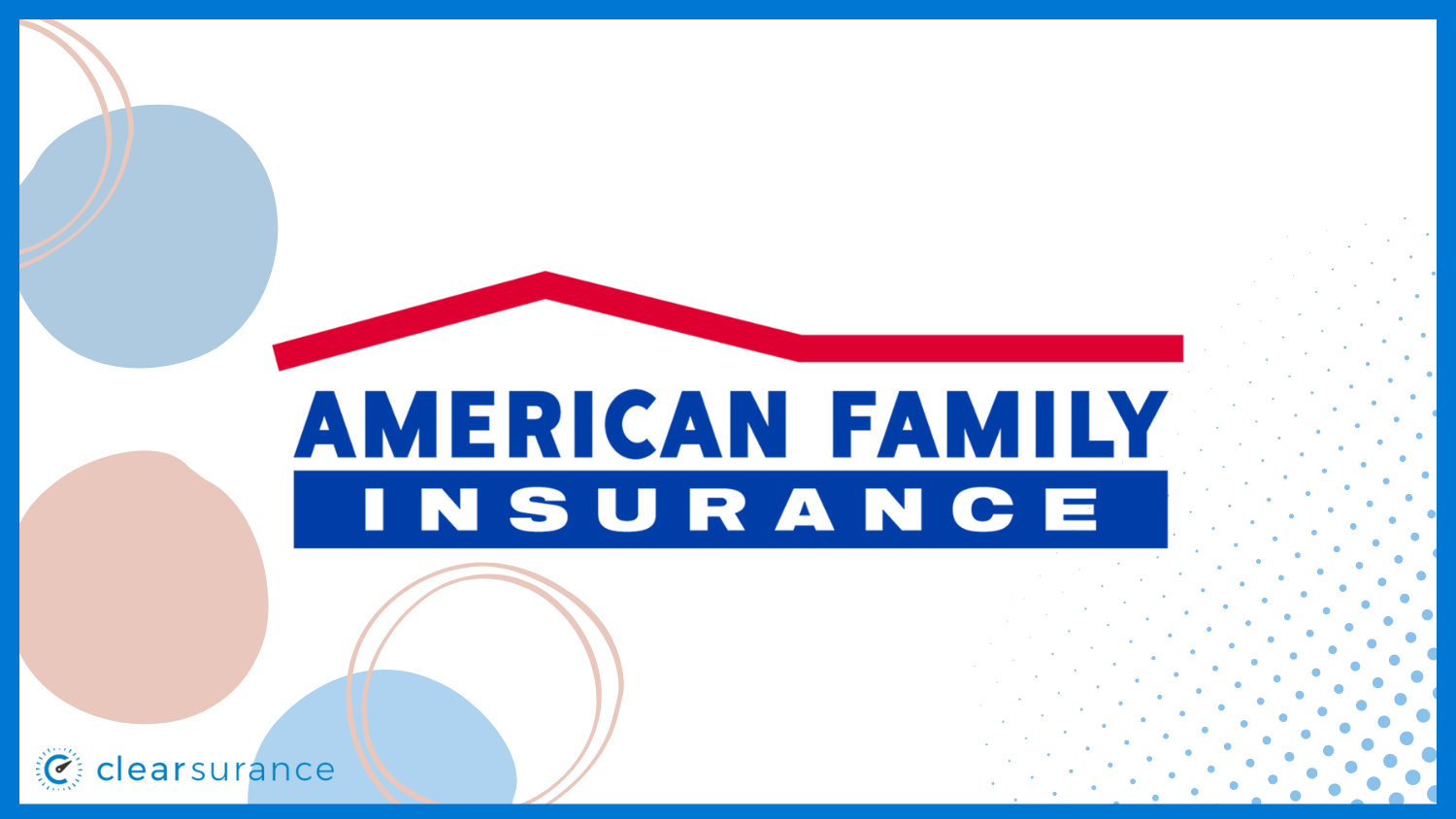
Pros
- Highly Rated Support: Renters in Minnesota benefit from personalized agent services.
- Coverage During Moves: Policies cover items damaged while relocating within Minnesota.
- Generational Savings: Family renters in Minnesota can access unique discounts. Unlock details in our American Family review.
Cons
- Claims-Driven Price Hikes: Minnesota renters report premiums increasing after claims.
- Narrow Specialty Coverage: Limited protection for high-value items like collectibles.
#4 – Progressive: Best for Technology Innovation
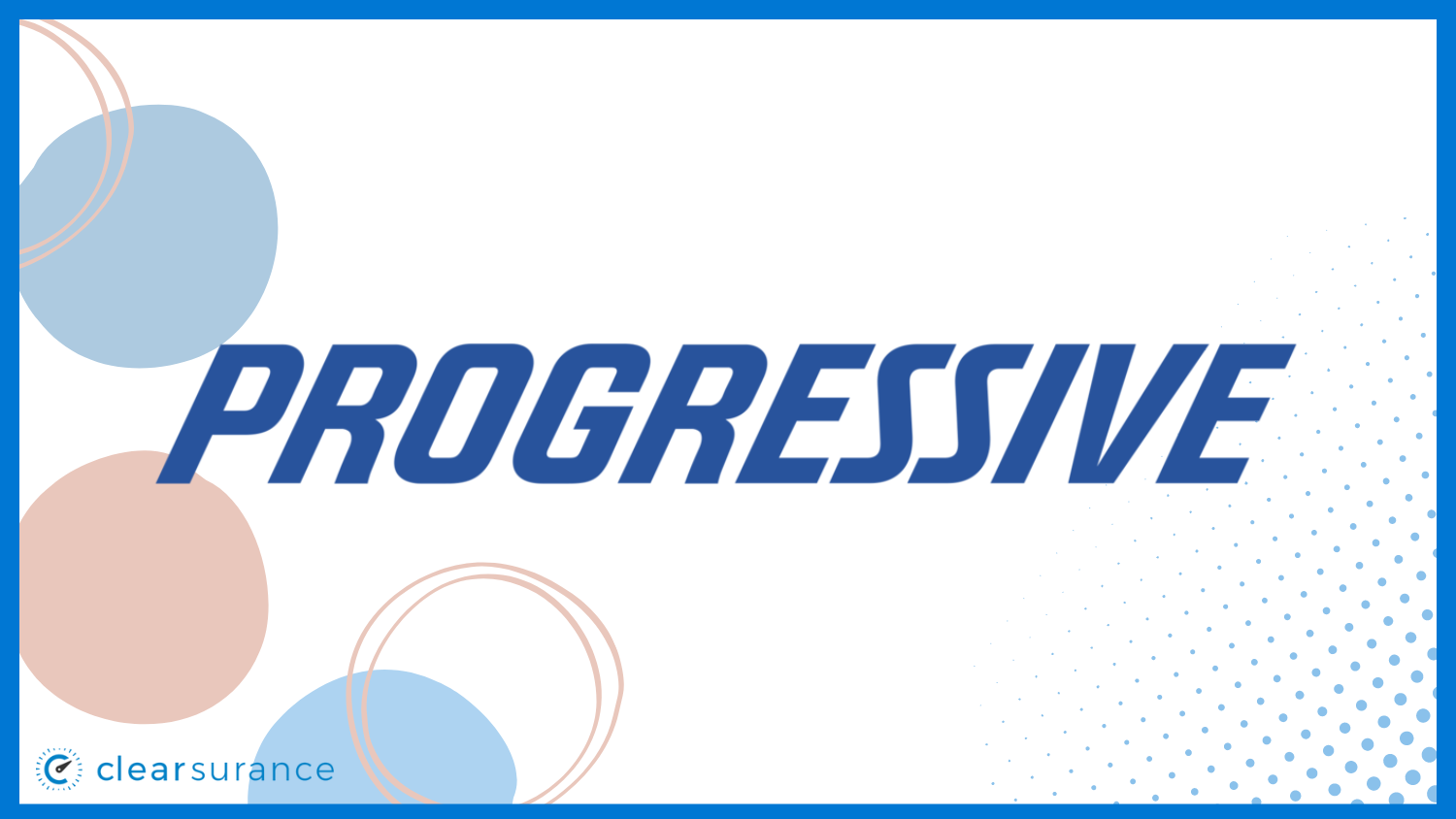
Pros
- Streamlined Claims Process: Renters in Minnesota can file claims quickly online. Discover insights in our Progressive review.
- Water Backup Coverage: Includes protection for water damage in Minnesota rentals.
- Snapshot Discounts: Provides savings for auto renters combining renters insurance in Minnesota.
Cons
- Premium Increases: Rates for Minnesota renters may rise after policy renewals.
- Fewer Add-On Options: Limited extra features like enhanced theft protection for renters in Minnesota.
#5 – USAA: Best for Military-Focused

Pros
- Specialized Military Benefits: Our comprehensive USAA insurance review covers unique items like uniforms for military renters in Minnesota.
- Affordable Rates: Renters insurance in Minnesota starts at $22/month for eligible members.
- Disaster Coverage: Includes protection for Minnesota renters affected by floods or fires.
Cons
- Restricted Membership: This membership is available only to military families and veterans in Minnesota.
- Basic Customization: Limited options for tailoring renters insurance in Minnesota.
#6 – Geico: Best for Competitive Rates

Pros
- Budget-Friendly Policies: Renters' insurance in Minnesota starts at $23/month. Read more details in our Geico review.
- Custom Coverage Options: Tailored policies for Minnesota renters' needs, including electronics.
- Advanced Digital Tools: Easy access to renters insurance information in Minnesota via the app.
Cons
- Limited Agent Access: Few local representatives in Minnesota for renters needing in-person help.
- Minimal Bundling Offers: Limited opportunities for Minnesota renters to combine policies.
#7 – Travelers: Best for Policy Flexibility
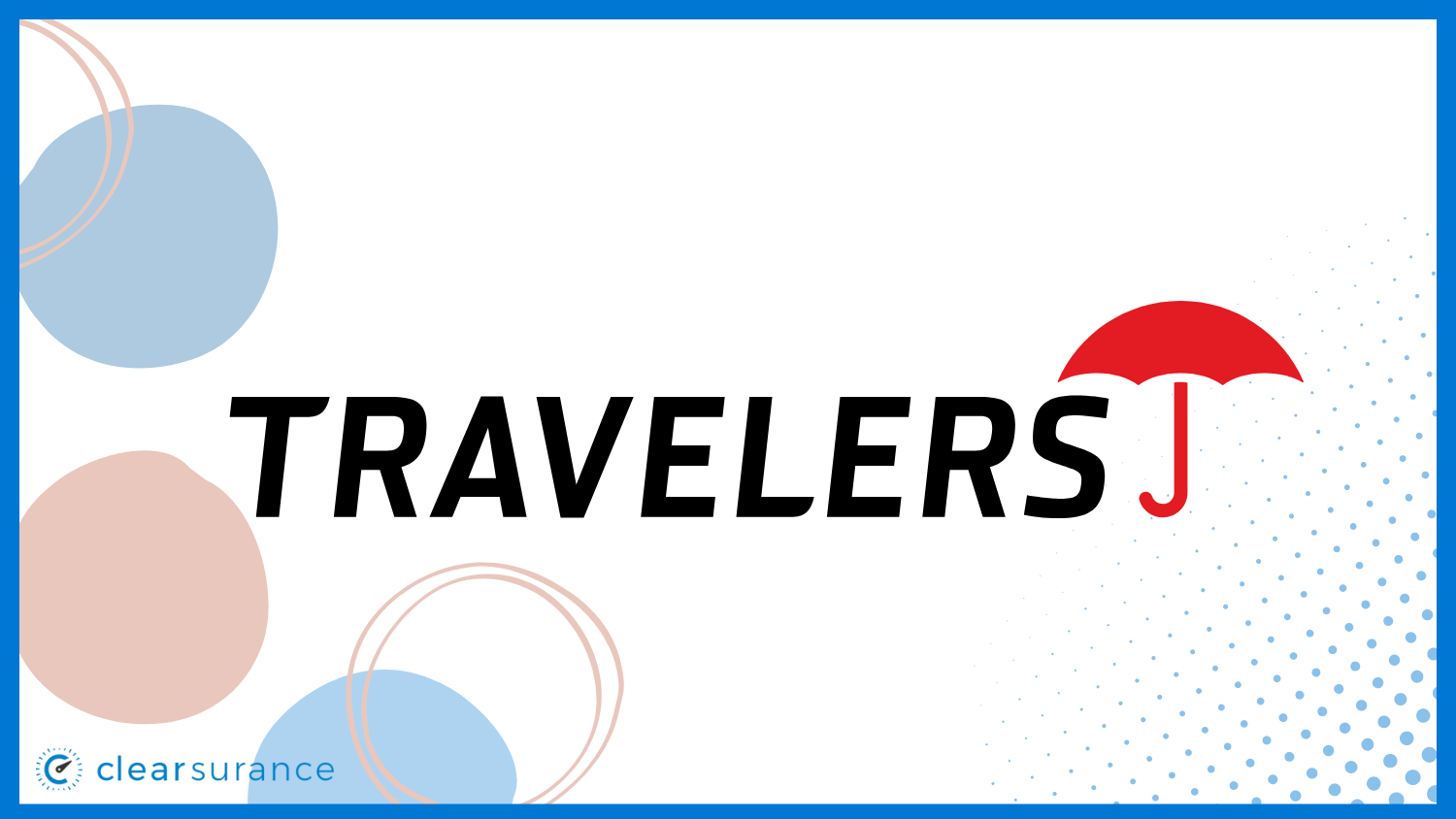
Pros
- Customizable Coverage: Allows Minnesota tenants to choose policies suited to specific needs.
- Temporary Living Expense Coverage: Reimburses displaced renters in Minnesota. Delve into our evaluation of Travelers review.
- Eco-Friendly Discounts: Tenants in Minnesota with energy-efficient homes qualify for savings.
Cons
- Above-Average Costs: Policies in Minnesota start at $25/month, higher than some competitors.
- Limited Agent Presence: Few in-person offices for rural Minnesota renters.
#8 – Farmers: Best for Strong Discounts

Pros
- Professional Discounts: Savings for teachers and first responders renting in Minnesota.
- High-Limit Liability: Offers robust liability coverage for renters in Minnesota. View our Farmers review for comprehensive information.
- Bundled Policy Savings: Renters in Minnesota can combine policies for discounts.
Cons
- Higher Starting Premiums: Renters insurance in Minnesota begins at $26/month.
- Limited Specialty Coverage: Minnesota renters' standard policies need more niche endorsements.
#9 – Liberty Mutual: Best for Customizable Policies
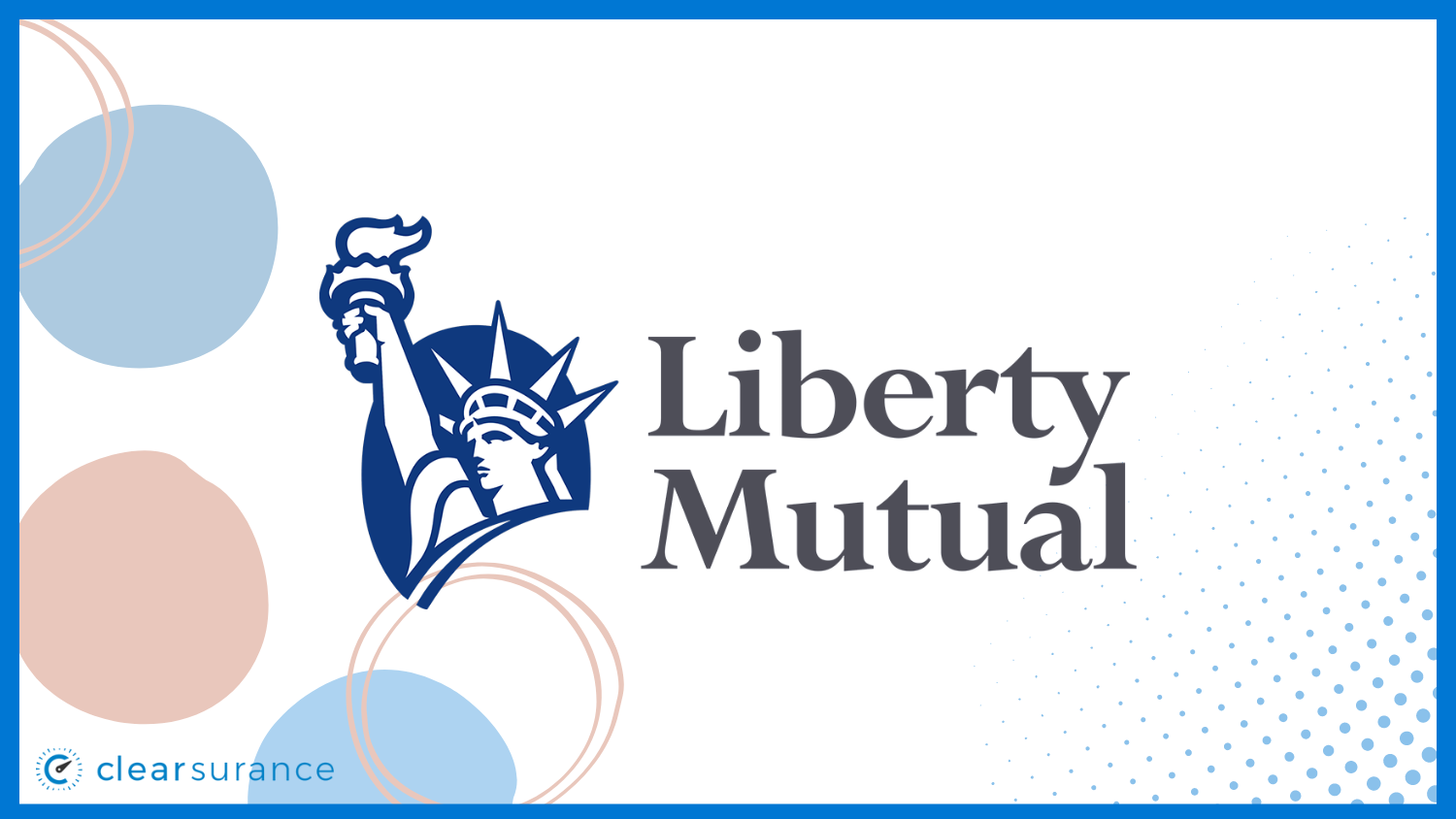
Pros
- Flexible Payment Options: Renters in Minnesota can choose monthly or annual plans. Discover insights in our Liberty Mutual review.
- Personal Property Protection: Unique coverage for high-value items like jewelry in Minnesota.
- Temporary Housing Coverage: Reimburses displaced renters in Minnesota after incidents.
Cons
- High Starting Premiums: Renters insurance in Minnesota starts at $28/month, one of the most expensive.
- Few Discount Opportunities: Limited savings options for Minnesota renters.
#10 – Allstate: Best for Claims Process

Pros
- Comprehensive Liability Coverage: Protects renters in Minnesota against accidents.
- Rapid Emergency Funds: Based on our Allstate review, the company provides quick payouts for renters needing urgent assistance in Minnesota.
- Digital Claims Tools: Renters in Minnesota can manage claims easily online.
Cons
- Expensive Rates: Renters insurance in Minnesota starts at $30/month, significantly above average.
- Minimal Loyalty Benefits: Long-term renters in Minnesota receive limited rewards.
Comparing Monthly Coverage Costs
Picking the right renters insurance in Minnesota doesn’t have to be complicated. Rates can change based on your coverage needs; comprehensive coverage offers more protection, while basic plans are less expensive. Here’s a breakdown of what the top companies are charging.
| Insurance Company | Monthly Rates |
|---|---|
| $30 | |
| $20 | |
| $26 | |
| $23 | |
 |
$28 |
 |
$19 |
| $21 | |
| $18 | |
| $39 | |
| $22 |
Look at how different providers stack up regarding renters insurance in Minnesota. If you’re after the cheapest basic plan, State Farm covers you with rates starting at just $18 monthly, followed by Nationwide at $19.
On the higher end, Allstate kicks off at $30 for monthly coverage. It’s all about finding the right balance between cost and the coverage you need.
Top Discount Options for Minnesota Renters
Finding affordable renters insurance in Minnesota is easier when you know the discounts available. Top providers offer savings for bundling policies, safe driving, and anti-theft devices. Whether you’re a student, a military member, or just looking to save, there’s likely a discount that fits your situation.
| Insurance Company | Available Discounts |
|---|---|
| Bundling, Paperless, Protective Devices | |
| Bundling, Protective Devices, Claims-Free | |
| Bundling, Claims-Free, Paperless | |
| Bundling, Paperless, Claims-Free | |
 |
Bundling, Pay-in-Full, Claims-Free |
 |
Bundling, Paperless, Claims-Free |
| Pay-in-Full, Paperless, Claims-Free | |
| Bundling, Claims-Free, Protective Devices | |
| Pay-in-Full, Bundling, Protective Devices | |
| Military, Bundling, Protective Devices |
Minnesota renters can save in various ways, depending on the provider. State Farm offers excellent deals for defensive driving, anti-theft devices, and good students, while USAA has perks specifically for military members.
| Discount Name | Grade | Savings | Participating Providers |
|---|---|---|---|
| Bundling | A+ | 25% | State Farm, Allstate, Farmers |
| Safe Home | A | 20% | Liberty Mutual, Travelers |
| Claim-Free | A | 15% | Progressive, Nationwide |
| Paperless Billing | B+ | 10% | Geico, American Family |
| Automatic Payments | B | 8% | USAA, Erie |
Geico adds unique discounts for emergency deployment, seatbelt use, and maintaining a clean driving record, while Travelers rewards renters with hybrid vehicles. If you’re tech-savvy, check out Nationwide’s SmartRide discount, which tracks your safe driving for extra savings.
Exploring Coverage Options for Renters Insurance
Like any different policy, typically, you can adjust your renters' insurance coverage to obtain what is needed. A standard policy includes some of the subsequent types of coverage:
Coverage for Personal Property: This sort of coverage pays the cost of replacing your personal belongings kept in your apartment if damaged or destroyed. There is typically a list of losses or risks that are covered under this policy. You must review it very carefully.
Coverage of Liability: Liability insurance covers medical costs if a person gets hurt in your apartment.
Coverage for Use Loss: This coverage pays for your hotel and food costs when you cannot reside in your flat due to damages. It may also be named as additional living cost coverage or temporary living cost insurance.
Besides these fundamental coverage choices, you can buy additional safeguards such as identity theft security, visitor medical insurance, and other optional insurance.
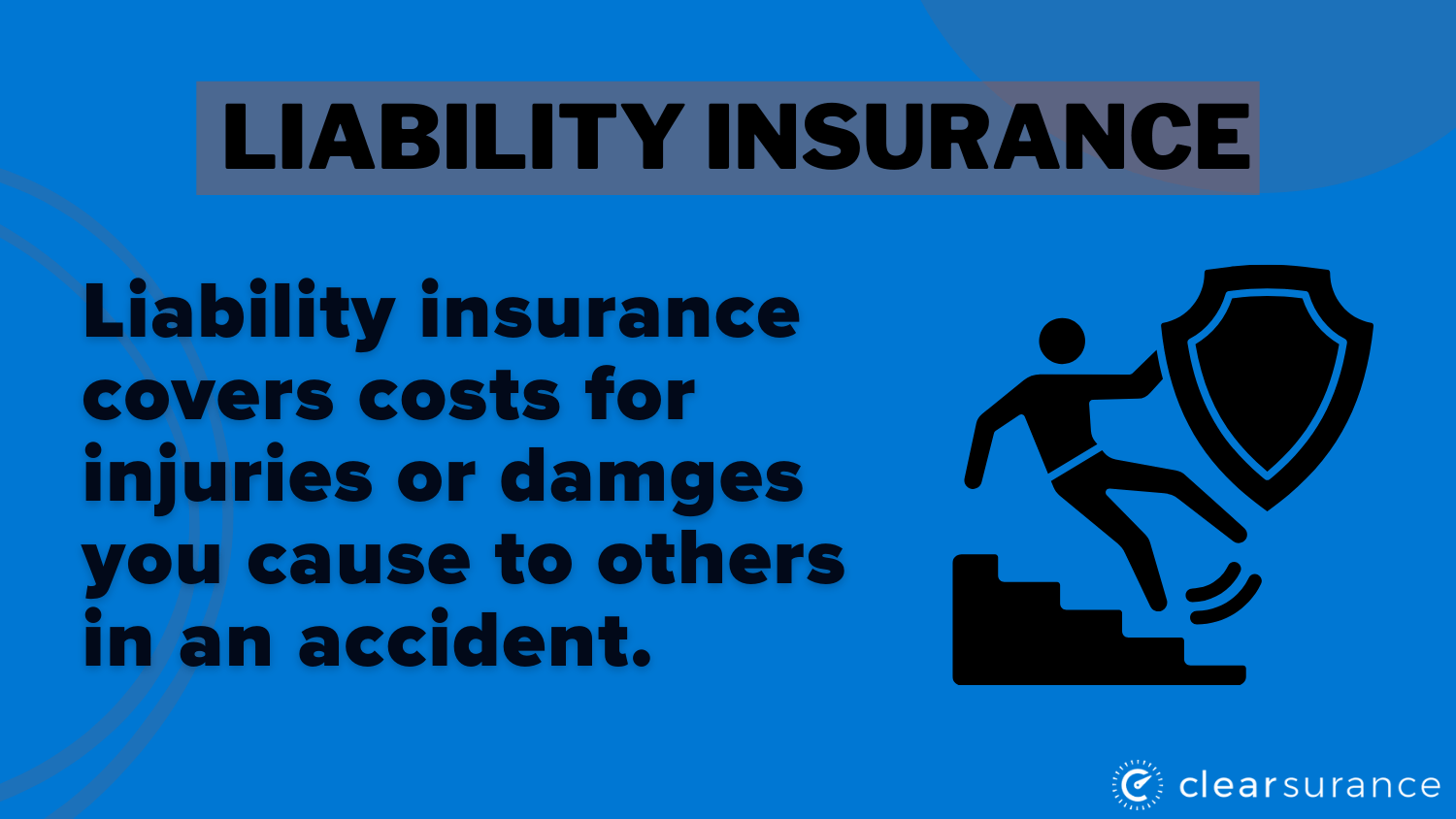
Individuals storing high-value possessions in their rented space, such as musical apparatuses, jewels, or sporting gear, might want to enhance their insurance cap for extra safeguard.
Read More: Renters Insurance Guide
City-Specific Claims and Costs for Minnesota Renters
People renting homes in Minnesota are at risk of fire, water damage, and theft. Because of these risks, renters insurance is essential for protection. It's necessary to ensure your insurance policy covers your insurance claim for these typical occurrences so you can financially safeguard yourself.
| Claim Type | Portion of Claims | Cost per Claim |
|---|---|---|
| Fire/Smoke Damage | 30% | $12,000 |
| Water Damage | 25% | $7,500 |
| Theft | 20% | $4,500 |
| Vandalism | 15% | $3,000 |
| Liability Claims | 10% | $15,000 |
Tenants can choose insurance coverage using the table, which lists the five most frequent claims and their average expenses. Liability may reach $15,000, and fire damage averages $12,000. Proper coverage prepares you for these costs.
Accidents and insurance claims happen more often than you think, and the numbers can vary greatly depending on where you live in Minnesota. The table below highlights yearly stats for the state's busiest cities, showing high-risk areas.
| City | Accidents per Year | Claims per Year |
|---|---|---|
| Bloomington | 1,800 | 1,500 |
| Duluth | 1,000 | 850 |
| Minneapolis | 5,000 | 4,200 |
| Rochester | 1,500 | 1,200 |
| Saint Paul | 3,200 | 2,800 |
Minneapolis leads with 5,000 accidents and 4,200 claims yearly, followed by Saint Paul at 3,200 and 2,800. Duluth, Bloomington, and Rochester see fewer incidents. Ensure your insurance covers claims.
Grading Minnesota’s Renters Insurance Features
Minnesota earns an A for affordability with low premiums and an A for coverage with flexible add-ons. Claims satisfaction gets a B+, while customer service and discounts score B for reliable support and savings.
| Category | Grade | Explanation |
|---|---|---|
| Affordability | A | Average monthly premiums are below the national average. |
| Coverage Options | A | Wide variety of policies and optional add-ons. |
| Claims Satisfaction | B+ | Moderate satisfaction with claims processing. |
| Customer Service | B | Good customer support with local agents available. |
| Discount Availability | B | Multiple discounts |
With affordable rates, flexible coverage, and discounts, Minnesota renters insurance gets high marks for meeting renters’ needs. Additionally, reviewing important information about home insurance can help renters understand the shared benefits of property and liability coverage.
Understanding Minneapolis Rental Prices
In Minneapolis, Minnesota, the average cost of rent is $19 per month. The cost of renting an apartment in Minneapolis can vary based on your location within the city as well as the size of your apartment.
Minnesota may be known as the Land of 10,000 lakes, but there are more than 11,000 lakes and 22 of them are in the greater Minneapolis area. Minneapolis, the most populous city in Minnesota, has an average monthly rent cost of $19, but the cost of rent varies based on neighborhoods in Minneapolis. For example, the areas of Beltrami and Sheridan each have an average monthly rent rate of $19, while the Diamond Lake area has an average monthly rent rate of $19.

The size of the apartment also affects the cost of rent in the city. Studio apartments are typically the smallest, with an average monthly rent of $14 in Minneapolis.
One-bedroom apartments have an average monthly rent rate of $17, and three-bedroom apartments have an average monthly rent rate of $22. Renters in Minneapolis should consider purchasing renters insurance in Minneapolis to protect their items. (Read more: Why Do Landlords Require Renters Insurance?)
Renters Insurance Essentials for Minnesota College Students
With a handful of colleges and universities in Minnesota, many students live in dorms or rent off-campus apartments. There are a few things college students renting housing in Minnesota should consider to protect their personal belongings while getting their degree.
Generally, university students residing in campus dormitories receive coverage from their parents' home insurance policy. However, this is mainly applicable to those living on the college grounds.
Students from Minnesota colleges residing in apartments, not on campus grounds, should consider getting a renter's insurance policy. Their belongings won't be protected under their parents' policy. Without a renters insurance policy, they won't have any protection. A renters insurance guide for off-campus college students can help them understand coverage options and ensure their belongings are properly protected.

In the apartment that they rent, college students will likely have roommates. Students are not suggested to share renters' insurance policies with their roommates. Instead, every student should have a personal insurance policy for renters to secure their possessions.
Key Insights into Property Crimes in Minnesota
Theft, vandalism, or malicious mischief, like when your house was robbed, are part of the 16 risks a typical rental insurance plan covers. So how does Minnesota's crime rate stack against other states in America? The FBI released these facts about criminal activity in Minnesota in 2016:
- Property Crime - 117,756
- Burglary - 18,606
- Larceny Theft - 90,422
When comparing all three statistics for Minnesota to the national average rate per 100,000 population, they are lower than the national average.
Effective Ways to Save on Renters Insurance
Although renters' insurance might be less expensive than other insurance, nobody likes to spend more than necessary. What can you do if you lower your Minnesota renters insurance premium and have some extra spending money?
Here are the top ways you can save on your renters insurance:
- Raise Your Deductible
- Ask About Potential Discounts
- Bundle Your Policies
- Determine the Value of Your Personal Property
- Pay in Full by Check
If you combine your car insurance with house or apartment rental insurance from the same provider, then a discount for multiple policies will be given. This is also applicable if you add other types of coverage like life or boat insurance. Some insurers additionally offer lower monthly payments when safety features are installed in your living place, such as smoke alarms and theft security systems, or if automatic payment arrangements have been made.
There might be various discount choices, so inquire with renters and insurance companies about your possible options while seeking quotes. If you desire the most economical rate, obtain an online quote for a renters policy from three firms before making your decision.
Minnesota Renters Insurance Rankings Explained
In tune with its commitment to enhancing transparency, Clearsurance does not hide its rating and ranking methods. Our technology examines multiple inputs from our independent community of insurance customers, such as factors like insurance deductible choices and coverage value.
- Price
- Customer Service
- Claim Service
- Likelihood to Renew
The algorithm also considers the proportion of positive feedback about what the company does effectively versus the ratio of suggestions on areas where they could improve, as given by customers.
The Clearsurance customer ratings and rankings are derived entirely from customer reviews and ratings.
Comprehensive Guide to Renters Insurance
There are frequently misconceptions about what is and isn't covered by a renters insurance policy, as we have already covered. Cheap renters insurance in Minnesota can offer necessary coverage, guaranteeing financial security without going over budget.
Things you should know about renters insurance include understanding the scope of your policy and what it protects.
For instance, are you aware that numerous rental insurance plans provide liability coverage if someone who does not live on the property gets hurt there? Additionally, if an event makes your flat unsuitable to live in, some policies may pay for your costs as you search for short-term accommodation in Minnesota.
Understanding how insurance works can feel complicated, but finding affordable rates doesn't have to be. Enter your ZIP code for the best insurance rates possible.
Frequently Asked Questions
How much is renters insurance in MN?
Renters insurance in MN costs an average of $15–$25 per month, depending on coverage.
What are common Minnesota renters insurance discounts?
Typical discounts include bundling policies, being claims-free, having safety devices, or opting for automatic payments.
What are tips for saving money on your Minnesota renters insurance?
Bundle renters insurance with auto or other policies, increase your deductible and install safety features like smoke detectors to lower your premiums. These strategies are often highlighted in the most popular renters insurance posts, offering practical tips to help renters save money.
Do Minnesota renters' policies cover blizzards?
Most Minnesota renters insurance policies cover damages from blizzards, such as roof leaks or water damage caused by snow, but do not cover general maintenance issues like snow removal.
How much is Geico renters insurance in Minnesota?
Geico renters insurance in Minnesota starts at around $12 to $20 per month for $30,000 in personal property coverage and $100,000 in liability protection.
What are three things that renters insurance typically does not cover?
Building structural damage, flood damage without a rider, and personal items beyond coverage limitations without an endorsement are not covered by renters insurance. A practical guide for understanding renters insurance can help you navigate these limitations and choose the right policy for your needs.
What are the options when choosing renters insurance in Minnesota?
Options include personal property coverage up to $30,000, liability protection starting at $100,000, and additional living expenses, with add-ons like water backup or jewelry coverage.
Does AAA offer rental insurance in Minnesota?
AAA offers rental insurance in Minnesota, covering up to $25,000 for personal property, $300,000 for liability, and optional coverage like identity theft protection.
What are the disadvantages of renters insurance in Minnesota?
Disadvantages include exclusions for flood and earthquake damage, limited coverage for items like jewelry unless added, and premiums that may increase after claims. An essential insurance checklist for millennials can help identify these limitations and ensure comprehensive coverage tailored to their needs.
How do you estimate renters insurance costs in Minnesota?
Estimate costs by calculating the value of personal belongings, choosing a liability limit (typically $100,000), and selecting a deductible, often $500 or $1,000.
How much does Allstate renters insurance cover in Minnesota?
Allstate renters insurance in Minnesota typically offers personal property coverage up to $30,000 and liability limits starting at $100,000, with optional add-ons like water damage protection.
How much should a landlord in Minnesota require renters insurance?
In Minnesota, landlords frequently demand renters insurance that includes personal property coverage equal to the value of the tenant's possessions and liability coverage of at least $100,000. Understanding the difference between landlord insurance and renters insurance is essential—landlord insurance covers the building, while renters insurance protects the tenant's personal property and liability.
Is State Farm renters insurance in Minnesota good?
Yes, State Farm renters insurance in Minnesota is highly rated for its affordable premiums, starting at $27 per month, and its broad coverage, including liability and personal property.
Is it better to get your own renters insurance in Minnesota?
Yes, getting your renters insurance in Minnesota provides tailored protection for your belongings and liability needs, with monthly coverage starting at $12. It's essential to determine how much renters insurance you need by evaluating the value of your belongings and potential liability risks.
What is the most common Minnesota renter's insurance claim?
Fire or smoke damage is Minnesota's most common renters insurance claim, costing an average of $12,000 per incident.
What is the average deductible for Minnesota's renters' insurance?
Minnesota's average deductible for renters insurance is $500, though policies often offer higher deductibles like $1,000 for reduced premiums.
What is not included in renters insurance in Minnesota?
Renters insurance in Minnesota excludes flood damage, intentional acts, and wear-and-tear maintenance issues like plumbing repairs. It's crucial to understand that renters insurance does not cover damage to the building itself, which is normally the landlord's obligation.
Which company offers the best renters insurance in Minnesota?
State Farm, Nationwide, and American Family are top-rated for the best renters insurance in Minnesota. They are frequently highlighted in the most popular renters insurance posts for their affordable rates and excellent coverage options.
Why is my renters insurance in Minnesota so high?
Your renters insurance in Minnesota may be high due to living in areas prone to theft, having a history of claims, or insuring high-value belongings exceeding $30,000.
Discover the best insurance rates available to you by simply entering your ZIP code into our complimentary comparison tool today.





